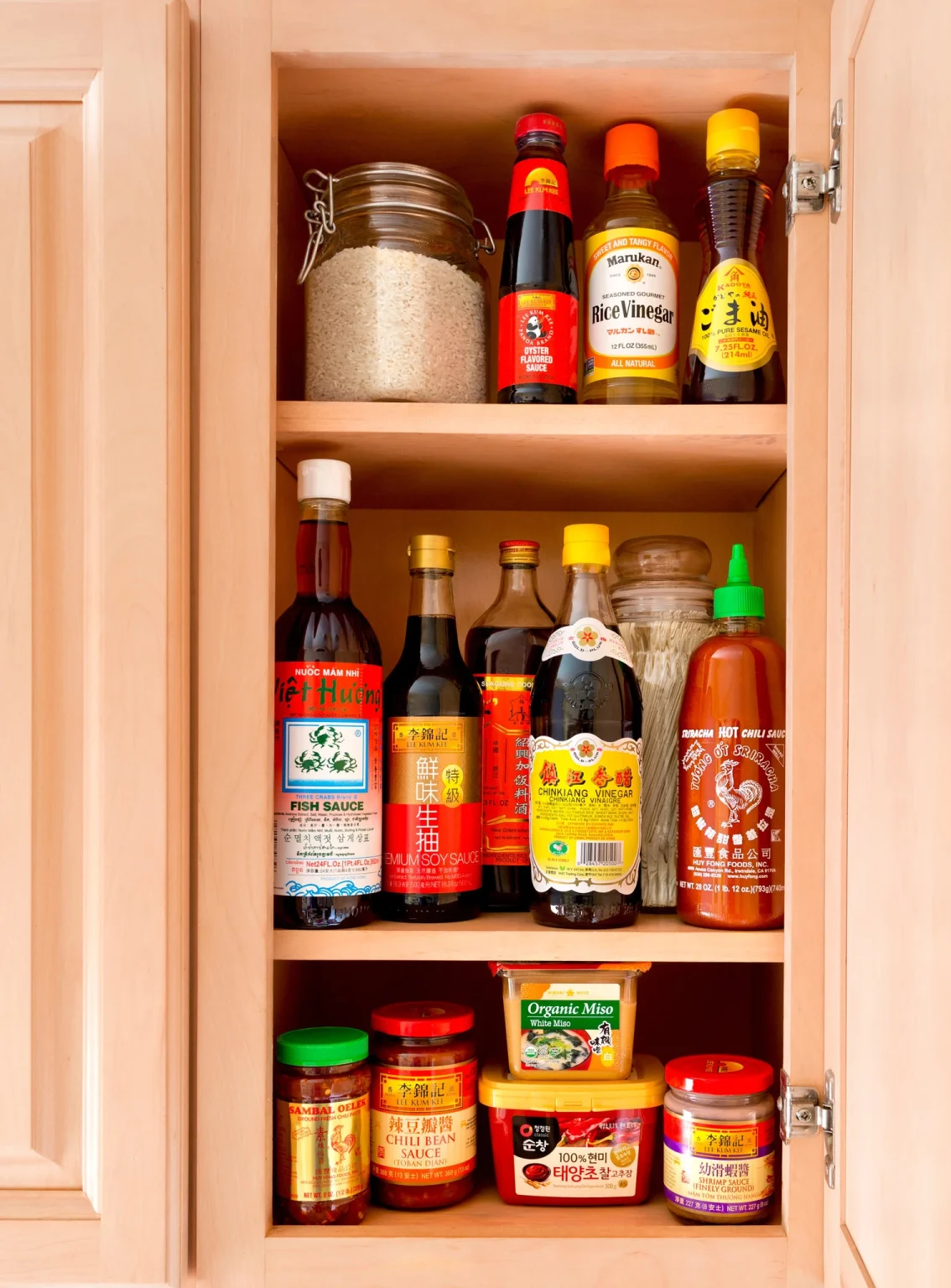Embarking on the adventure of Asian cooking is both exciting and rewarding. The rich tapestry of flavors, aromas, and textures found in Asian cuisines offers endless possibilities for culinary exploration. Stocking your pantry with essential ingredients is the first step toward creating authentic and delicious dishes at home. And remember, you don’t need to be a chef at a Japenese restaurant to master these flavors; with the right staples, you can bring the essence of Asia into your own kitchen.
Rice and Noodles
- Jasmine Rice: Fragrant and slightly sticky, it’s a staple in Southeast Asian cuisines like Thai and Vietnamese.
- Basmati Rice: Long-grain and aromatic, essential for Indian and Pakistani dishes.
- Rice Noodles: Versatile and quick-cooking, perfect for stir-fries, soups, and salads.
- Egg Noodles: Common in Chinese cooking, great for chow mein and lo mein dishes.
- Soba and Udon Noodles: Japanese buckwheat and thick wheat noodles used in hot and cold dishes.
Essential Sauces and Condiments
- Soy Sauce: A fundamental seasoning that adds salty, umami flavor to dishes across Asia.
- Fish Sauce: A pungent liquid made from fermented fish, crucial for Thai and Vietnamese cooking.
- Oyster Sauce: Thick and savory, it enhances stir-fries and marinades in Chinese cuisine.
- Rice Vinegar: Milder than Western vinegars, used in sushi rice and dressings.
- Sesame Oil: Adds a nutty aroma, used as a finishing oil rather than for cooking.
- Sriracha and Chili Garlic Sauce: For adding heat and depth to sauces, soups, and marinades.
- Hoisin Sauce: A sweet and salty sauce used in Chinese dishes like Peking duck and as a dipping sauce.
Spices and Aromatics
- Ginger and Garlic: Fundamental aromatics that form the base of many Asian dishes.
- Green Onions (Scallions): Used both as an ingredient and garnish.
- Star Anise and Cinnamon: Essential for braised dishes and soups, especially in Chinese and Vietnamese cuisine.
- Turmeric and Cumin: Key spices in Indian curries and Southeast Asian dishes.
- Lemongrass: Provides citrusy notes, common in Thai and Vietnamese cooking.
- Kaffir Lime Leaves: Impart a unique aroma to Thai curries and soups.
Pastes and Powders
- Curry Paste: Red, green, or yellow Thai curry pastes are essential for quick and flavorful curries.
- Miso Paste: A fermented soybean paste used in Japanese soups, dressings, and marinades.
- Matcha Powder: Finely ground green tea leaves used in beverages and desserts.
- Wasabi: A spicy Japanese horseradish used in sushi and sauces.
Dried Goods and Seaweed
- Dried Mushrooms: Shiitake and wood ear mushrooms add depth to broths and stir-fries.
- Nori Sheets: Seaweed used for sushi rolls and as a garnish.
- Dried Anchovies and Bonito Flakes: Used in making stocks and broths, particularly in Japanese cooking.
Legumes and Tofu
- Tofu: A versatile protein that absorbs flavors well, used across many Asian cuisines.
- Lentils and Chickpeas: Staples in Indian dishes like dal and chana masala.
- Canned Coconut Milk: Essential for creamy curries and desserts in Thai and South Indian cooking.
Cooking Oils
- Peanut Oil: Has a high smoke point, ideal for stir-frying.
- Sesame Oil: Used for flavoring rather than cooking due to its low smoke point.
- Neutral Oils: Canola or vegetable oil for general cooking purposes.
Sweeteners
- Palm Sugar: Used in Southeast Asian cooking for a subtle sweetness.
- Honey and Brown Sugar: Commonly used in marinades and sauces.
Fresh Produce Essentials
While pantry items are crucial, having fresh ingredients on hand enhances the authenticity of your dishes:
- Herbs: Cilantro, Thai basil, and mint add freshness and complexity.
- Vegetables: Bok choy, bean sprouts, and bell peppers are commonly used.
- Citrus Fruits: Lemons and limes for acidity and brightness.
Building Your Pantry
Starting your Asian pantry doesn’t have to be overwhelming. Focus on the ingredients most commonly used in the dishes you enjoy. For instance, if you love Thai food, prioritize curry pastes, fish sauce, and coconut milk. If you’re fond of Japanese cuisine, stock up on soy sauce, miso paste, and soba noodles.
Many of these ingredients have a long shelf life, making them a worthy investment. Store spices in airtight containers away from heat and light to maintain their potency. Refrigerate opened sauces and condiments to extend their freshness.
Experimenting with Flavors
Don’t hesitate to experiment with these ingredients. Mixing and matching can lead to delightful discoveries and personalized dishes. You might find that a touch of miso paste enhances your stir-fry or that adding star anise to your broth elevates its flavor.
Remember, you don’t need formal culinary training or experience working in a Japanese restaurant to create authentic Asian dishes. With these essential ingredients and a willingness to explore, you can recreate your favorite meals and even invent new ones.
Conclusion
Stocking your pantry with these must-have ingredients is the key to unlocking the vast world of Asian cooking. Whether you’re preparing a simple stir-fry, a comforting bowl of noodle soup, or an elaborate curry, having these staples on hand makes the process enjoyable and accessible.
So, fill your shelves with these essentials, don your apron, and embark on a culinary journey through Asia’s rich and diverse cuisines. With each dish you create, you’ll gain confidence and appreciation for the flavors that make Asian cooking so extraordinary.



